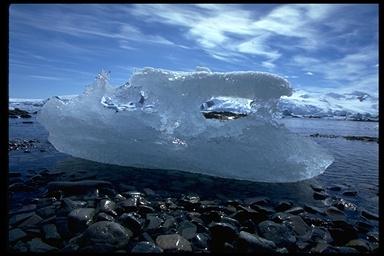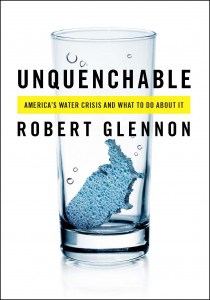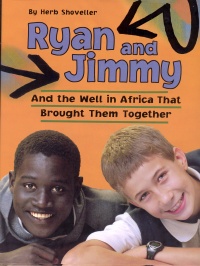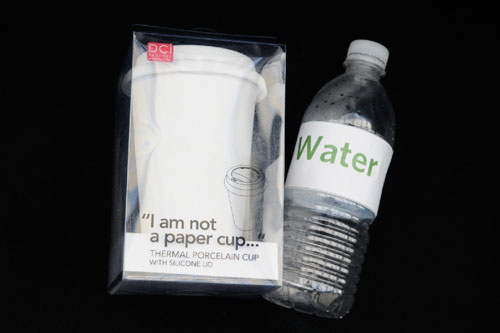
Photo: Cierva Cove, Antarctica. Gerald and Buff Corsi © 2001 California Academy of Sciences.
Earth is often called the "water planet" so we often take it for granted that there is an endless supply of water. In reality, only 3% of all Earth's water is freshwater, and of that 3% only 1% is available for human use. Learn more about some of the water issues we face by perusing the following books or watching the DVD. You can also find more resources in the Naturalist Center.
Books and Media Reviews
Glennon, Robert. Unquenchable: America’s Water Crisis and What to do About it.Washington D.C.: Island Press, 2009. Nat. Ctr. TD223 .G578 2009“ Water is a valuable, exhaustible resource but we treat it as valueless and inexhaustible." Robert Glennon opens Unquenchable with a series of vignettes showing just how crazy our consumption of water is and how close we are to running out of water. While Las Vegas hotels continue to create flamboyant shows with millions of gallons of water, water shortages all over the West are forcing communities to change their way of life. There is also a strong linkage between water consumption and energy consumption. Glennon also shows how our enthusiasm for fossil fuels is draining our water supplies, but before we get too excited about biofuels we should consider that production of ethanol consumes even more water than oil or natural gas. |
 |
Shoveller, Herb. Ryan and Jimmy and the Well in Africa that Brought Them Together. Toronto: Kids Can Press, 2006. Nat. Ctr. Juv. HV28 .H74 S56 2006.Ryan Hreljac was six when he first became aware of the lack of safe drinking water for much of the world. His teacher told the class that it only cost $70 to build a well that could supply a village and surrounding area with safe, clean water. Ryan was inspired and decided to raise the money himself by doing chores around his neighborhood. But this was only the start of it: Ryan went on to raise first $2000 for a well for an African village and then $25000 for a power drill to make more wells. But this is not just Ryan’s story: It is also the story of Akana Jimmy; a boy in the village where Ryan’s well was drilled. Jimmy and Ryan become pen pals and then meet up when Ryan goes to Africa to see his well in place. But Jimmy soon has far greater problems and the book follows his story as his life is threatened in the Ugandan civil war. |
 |
Journey to Planet Earth: The State of the Planet [DVD].Washington, DC: Screenscope, 2005. Nat. Ctr. Media GE140 .S72 2005.This hour long DVD, narrated by Matt Damon, provides an overview of many of the challenges the world is facing from population growth to climate change. Water supply is one of these challenges and possibly the most underestimated one. The State of the Planet takes a global look at the question "Are we running out of water?", as experts project that the demand for water will double in twenty years. The program uses stories from different countries around the world to skim the surface of profound concerns such as the supply of clean drinking water to the developing world, the potential exhaustion of underground water sources and the link between economic development and water usage. However, there is also a section of good news, which looks at how human ingenuity has come up with new ways to balance our need for water with what is available. |
Read an engaging book or seen a riveting movie about water? Share the title and why you liked it with us below in our comments section.
What's the Difference?

Photo: G. Sharlow, 2009.
Bottled Water vs. Tap Water
Despite what many people think, tap water is much cleaner and safer than bottled water; strict federal regulations control it. It is much cheaper, about 100 times less expensive than bottled water, which can cost more than gas! It is also better for the environment. Forty-seven million gallons of oil are used to produce and transport plastic water bottles for Americans every year—the equivalent of putting 100,000 cars on the road and producing a billion pounds of carbon dioxide. Thirty billion plastic water bottles are thrown away each year in the United States and most aren’t recycled. They end up in landfills and can take up to 1,000 years to decompose.